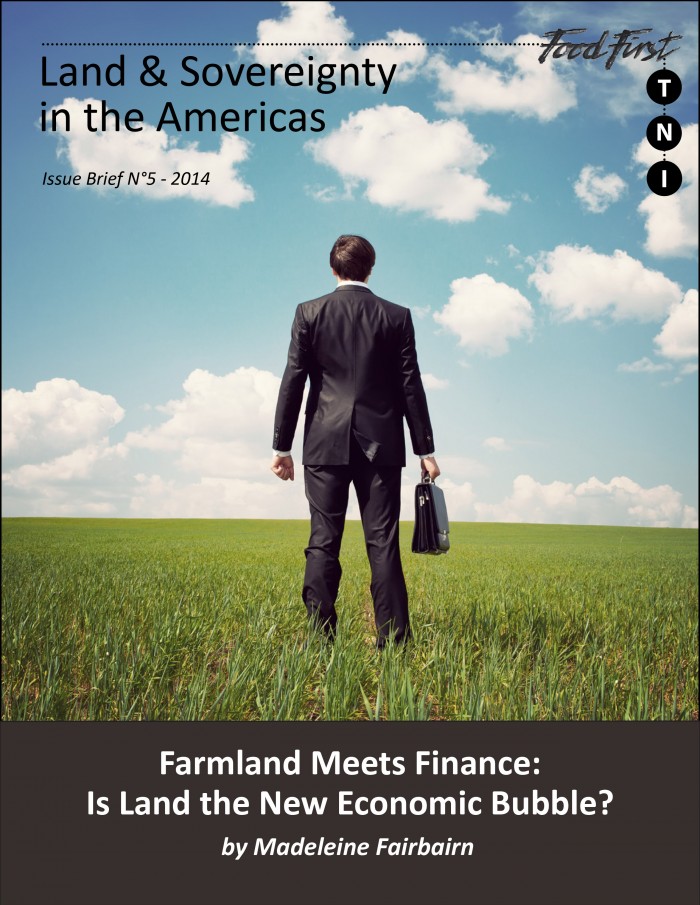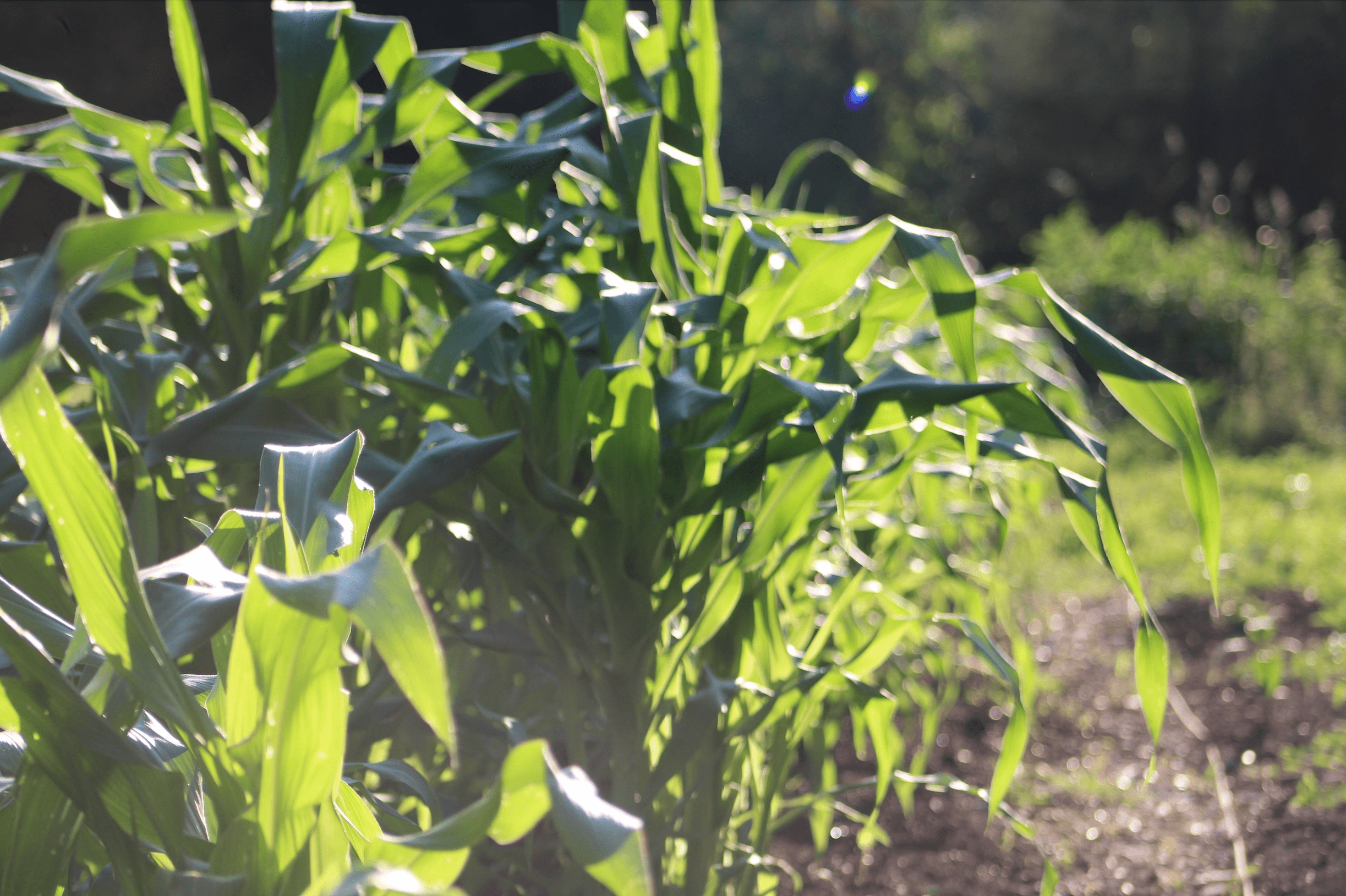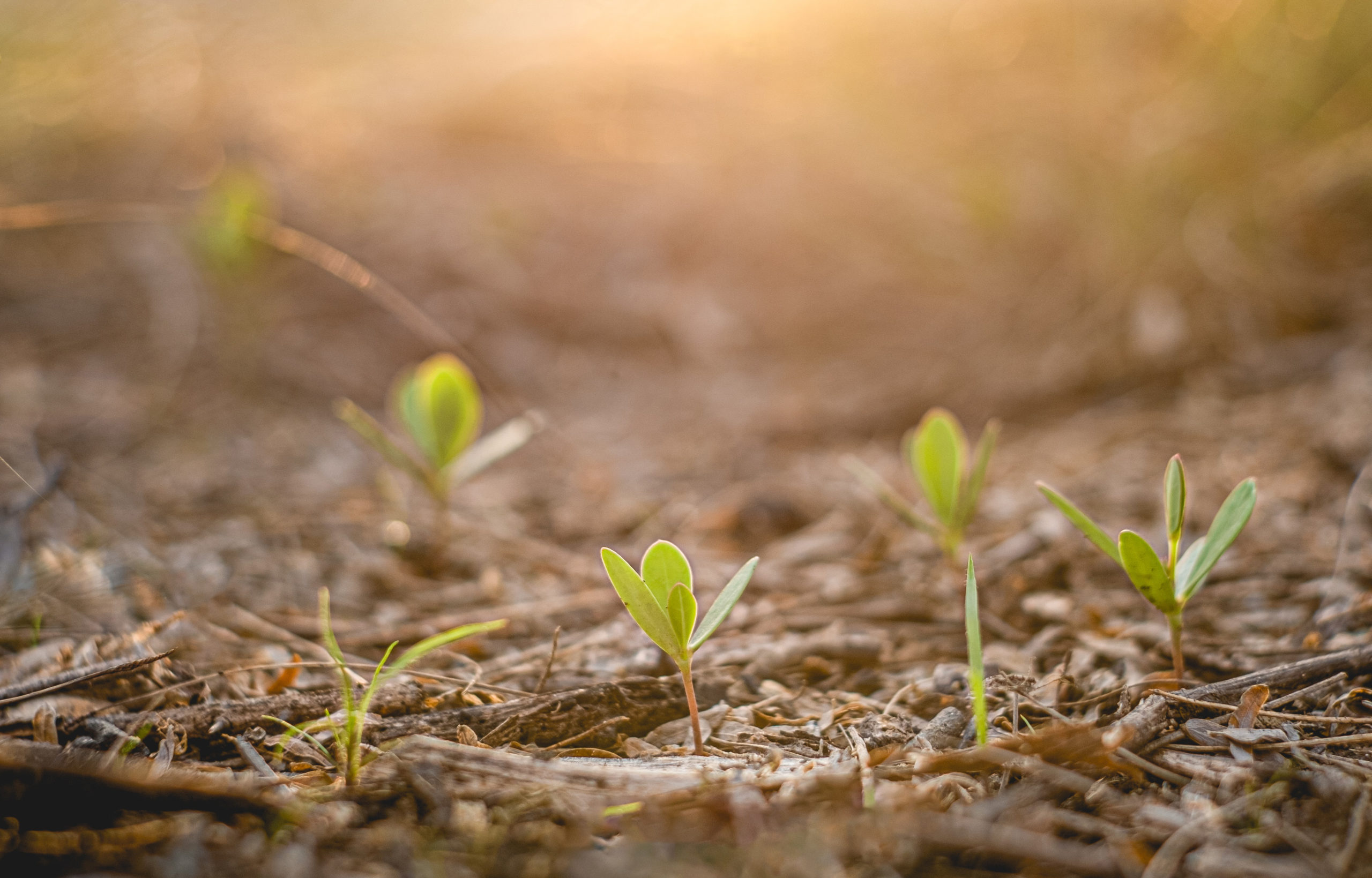from Food First
Farmland Meets Finance: Is Land the New Economic Bubble?
May 2014, Land & Sovereignty Brief No. 5
At the turn of the 21st century, farmland was still considered an investment backwater by most of the financial sector. Although some insurance companies have had farmland holdings for years, most financial investors found farmland, and agricultural investment in general, unappealing compared to the much higher returns to be made in financial markets. However, this began to shift around 2007 as the prices of agricultural commodities started to climb and land prices followed suit. The recession that began with the bursting of the US housing bubble in 2008 caused investor interest to suffer a momentary dip but also added fuel to the fire, as investors sought alternative, and more secure, places to put their money.
This report identifies broad trends in farmland investing with the potential to affect countries in the Global North and Global South. Private investors are flocking to farmland both for the returns it delivers and for the role that farmland can play in an investment portfolio. Because farmland values tend to increase along with inflation but do not move with the stock market, farmland is touted as an inflation hedge and as an excellent way to reduce overall portfolio risk through diversification (HighQuest Partners 2010).
The sudden enthusiasm for farmland investment is contributing to both the large “land grabs” taking place in developing countries and to roaring land prices in countries like the US.
Financial investors are not the only actors buying up farmland—they are joined by national governments concerned about food security and farmers hoping to expand their plantings in response to high crop prices—but their participation is a significant new development. The sudden enthusiasm for farmland as a portfolio investment is contributing to both the large “land grabs” taking place in developing countries and to roaring land prices in countries with more developed land markets
Whether or not farmland markets are dangerously overheated, they are certainly hot. Farmland is drawing investment from “high net worth individuals” as well as institutional investors such as pension funds, hedge funds, university endowments, private foundations and sovereign wealth funds. Celebrity investors like George Soros are investing in farmland (O’Keefe 2009) and agricultural investment conferences—which provide opportunities for fund managers and farmland operators to network with investors—have exploded in popularity. Asset management companies—which act as investment intermediaries—have responded to this sudden investor interest by creating a lavish buffet of new farmland funds (IIED 2011). Despite this rapid growth, the extent of capital markets’ interest in farmland is still relatively minor; estimates of total institutional investment in farmland range between $30 and $40 billion globally (Wheaton and Kiernan 2012). However, it is undeniable that since 2007, global farmland real estate has undergone a makeover to become a desirable alternative investment.
In October of 2010, the financial blog Zero Hedge wrote about the giant pension fund TIAA-CREF’s two billion dollar investment in agricultural land. The many reader comments that follow the post capture the irony of financial markets’ sudden interest in farms. One reader jokes that a farmland bubble is emerging that would make a great new reality TV show, “Farm Flippers, Thursdays this fall on HGTV” and even envisions some fake content: “of course we put in all stainless steel and granite feed troughs and watering buckets. We project we’ll make a 300 percent profit when we sell next month.” Another reader asks whether the turn to real assets is a “Sign of Wall Street’s fake paper going the way of the dodo? Or, more fake paper?” Slightly rephrased, the question might read: does the turn to farmland, among other real assets, signal a shift away from financialization? Or does it simply indicate that farmland itself is increasingly being treated as a financial asset?
This is the fourth brief in the Land & Sovereignty in the Americas series, co-published by Food First and the Transnational Institute.
About the series:
The Land & Sovereignty in the Americas series pulls together research and analysis from activists and scholars working to understand and halt the alarming trend in “land grabbing”—from rural Brazil and Central America to US cities like Oakland and Detroit—and to support rural and urban communities in their efforts to protect their lands as the basis for self-determination, food justice and food sovereignty. The series—which includes short issue briefs and books—is a project of the Land & Sovereignty in the Americas (LSA) activist-researcher collective, coordinated by Food First. For media inquiries about this series, or to arrange an interview with an author, please contact [email protected].
About the author:
Madeleine Fairbairn is a PhD candidate in the Department of Sociology at the University of Wisconsin-Madison.



